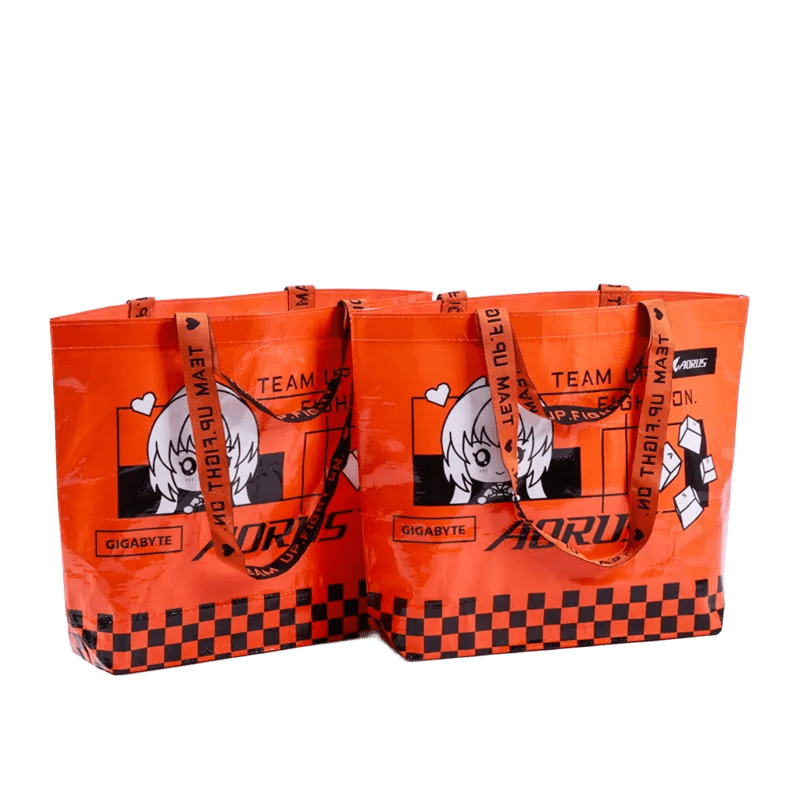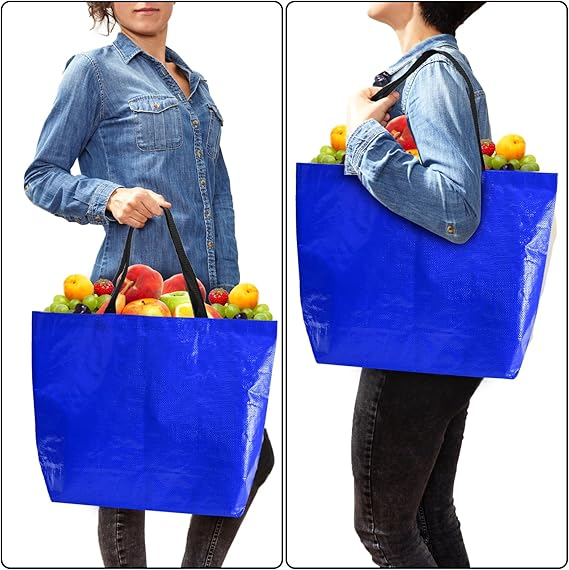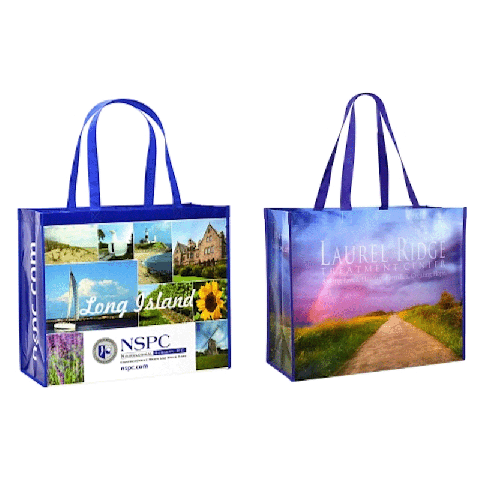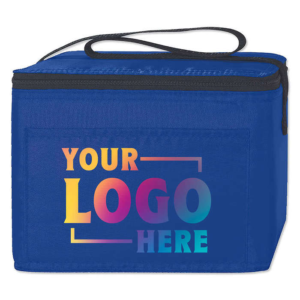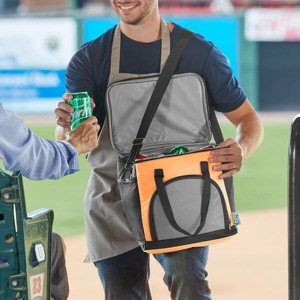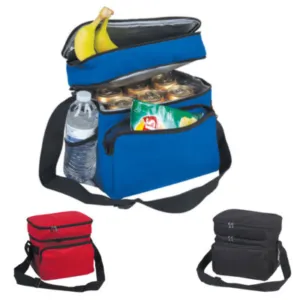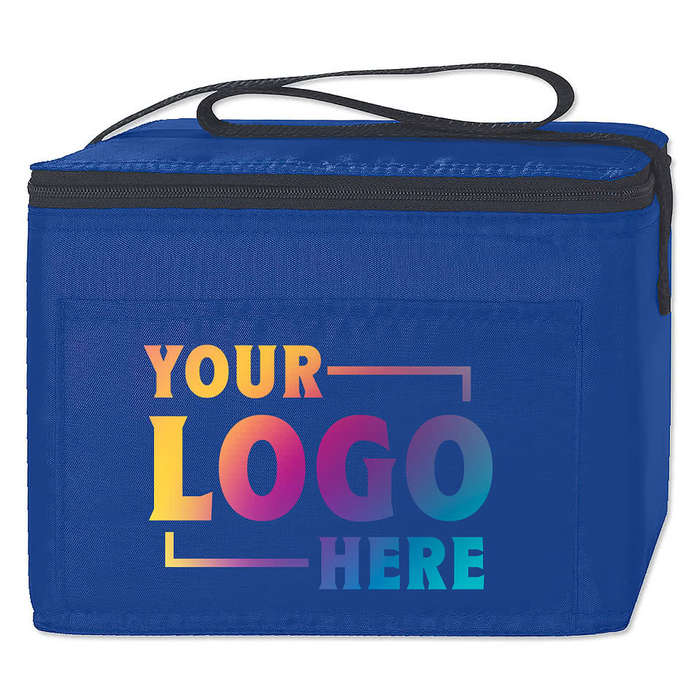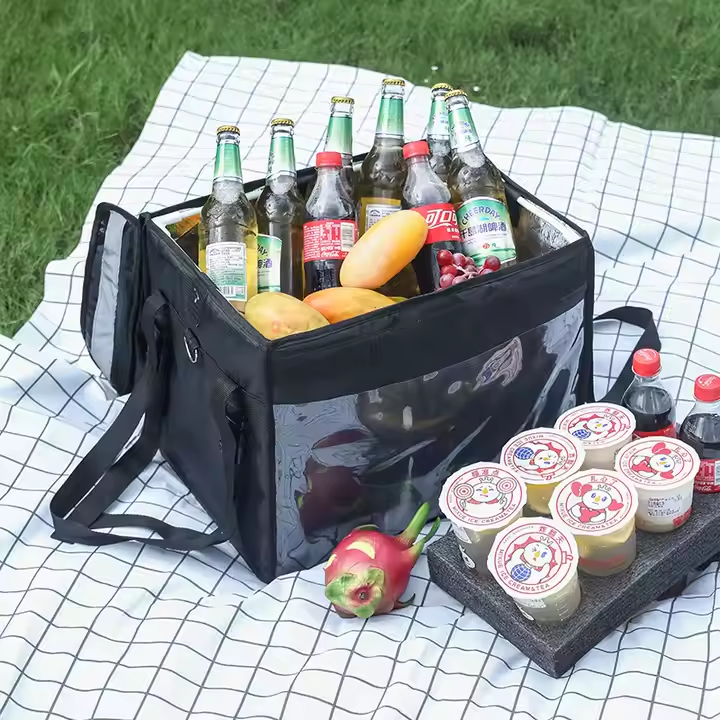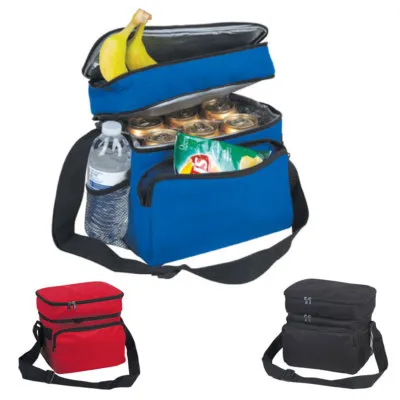This article explains the five most important legal requirements for printing logos on bags. It is based on intellectual property law, labeling standards, and packaging safety rules to help businesses avoid costly mistakes and lawsuits.
Printing a logo on bags requires following copyright, trademark, labeling, safety, and consumer protection laws[^1]. Ignoring these rules can lead to fines or legal disputes.
Understanding these rules will help you protect your brand and operate safely in the market.
Copyright and Design Protection
Logo designs must be original, creative, and fixed in a tangible medium to qualify for copyright protection[^2]. Once created, you automatically hold exclusive rights to reproduce and distribute them.
Why originality matters
If your logo is too similar to an existing one, you risk disputes. Originality ensures your brand stands out and avoids infringement.
Registration benefits
While copyright is automatic, registering your logo with the relevant intellectual property office gives stronger legal standing. It allows you to sue for damages and helps prove ownership.
| Step | Action | Benefit |
|---|---|---|
| 1 | Create original design[^3] | Ensures uniqueness |
| 2 | Fix design in tangible form | Qualifies for copyright |
| 3 | Register with IP office | Enables legal enforcement |
Critical thinking point
Some businesses think small-scale production makes them safe from lawsuits. This is false. Even small runs can trigger claims if a logo is infringing. Always research before production.
Avoiding Trademark Infringement
You must not use another brand’s logo or trademark without explicit permission.
Licensing and permissions
If you wish to feature a known brand’s mark, get written approval. Many companies have strict brand-use policies.
Risk of infringement
Unauthorized use can lead to immediate legal action, financial penalties, and destruction of goods.
| Risk Level | Scenario | Legal Outcome |
|---|---|---|
| Low | Your own logo | Full rights |
| Medium | Generic shapes | Possible dispute |
| High | Another brand’s logo | Likely lawsuit |
Critical thinking point
Even parody or humorous use of famous logos can be risky in commercial contexts. Trademark law focuses on consumer confusion, not intent.
Labeling Requirements (Textile/Material Content and Manufacturer Info)
Bags made of textile materials often require labels stating fiber content, country of origin, and manufacturer details.
Key labeling rules
Labels must be clear, permanent, and accurate. Mislabeling is a legal violation.
| Required Info | Example |
|---|---|
| Fiber content | “100% Cotton” |
| Country of origin | “Made in China” |
| Manufacturer/importer | “ABC Bags Ltd.” |
Jurisdiction differences
Labeling laws vary by country. For example, the U.S. FTC enforces the Textile Fiber Products Identification Act, while the EU follows separate directives.
Critical thinking point
Some businesses skip labels on small promotional runs. However, even giveaways may need compliant labels depending on local laws.
Compliance with Packaging Warnings and Safety Labels
Certain bags, especially plastic ones, require warnings like “Keep away from children” to prevent suffocation risks.
Typical safety requirements
Some countries also require minimum plastic thickness or transparency for specific bag types.
| Bag Type | Possible Legal Requirement |
|---|---|
| Plastic shopping bag | Minimum thickness |
| Poly mailer | Suffocation warning |
| Food packaging bag | Safe material certification |
Enforcement examples
Retailers have faced recalls for missing warnings on packaging. Fines and product bans can follow.
Critical thinking point
Even if your main product is fabric-based, any plastic wrapping you use may fall under these rules.
Ensure Consistency and Non-Deceptiveness
Logos and text on bags must be accurate, truthful, and consistent with your brand image.
Avoiding misleading claims[^4]
Do not exaggerate features, origin, or material benefits.
Brand consistency
A logo printed with incorrect colors or fonts can weaken your brand’s legal position in disputes.
| Violation | Example | Risk |
|---|---|---|
| Misleading origin | Claiming “Made in Italy” when not | Legal penalties |
| Inconsistent logo | Wrong colors/fonts | Trademark dilution |
Critical thinking point
Some companies change designs slightly for seasonal campaigns. While creative, ensure all changes align with trademark registrations.
Conclusion
Printing a logo on bags is not only a creative step but also a legal responsibility. You must create an original design[^3], avoid infringing on others’ trademarks, comply with labeling rules, include safety warnings when required, and maintain brand accuracy. In my own experience working with packaging buyers, companies that invest time in legal checks avoid delays and costly disputes. Following these five requirements will help you keep your brand safe and trustworthy. Share your experiences with logo printing laws in the comments below.
---
[^1]: Understanding consumer protection laws can help you maintain trust and avoid legal issues.
[^2]: Understanding copyright protection can help you secure your logo and avoid legal issues.
[^3]: Learn why originality is crucial for your logo to stand out and avoid disputes.
[^4]: Avoid legal penalties by learning how to ensure your claims are accurate and truthful.


